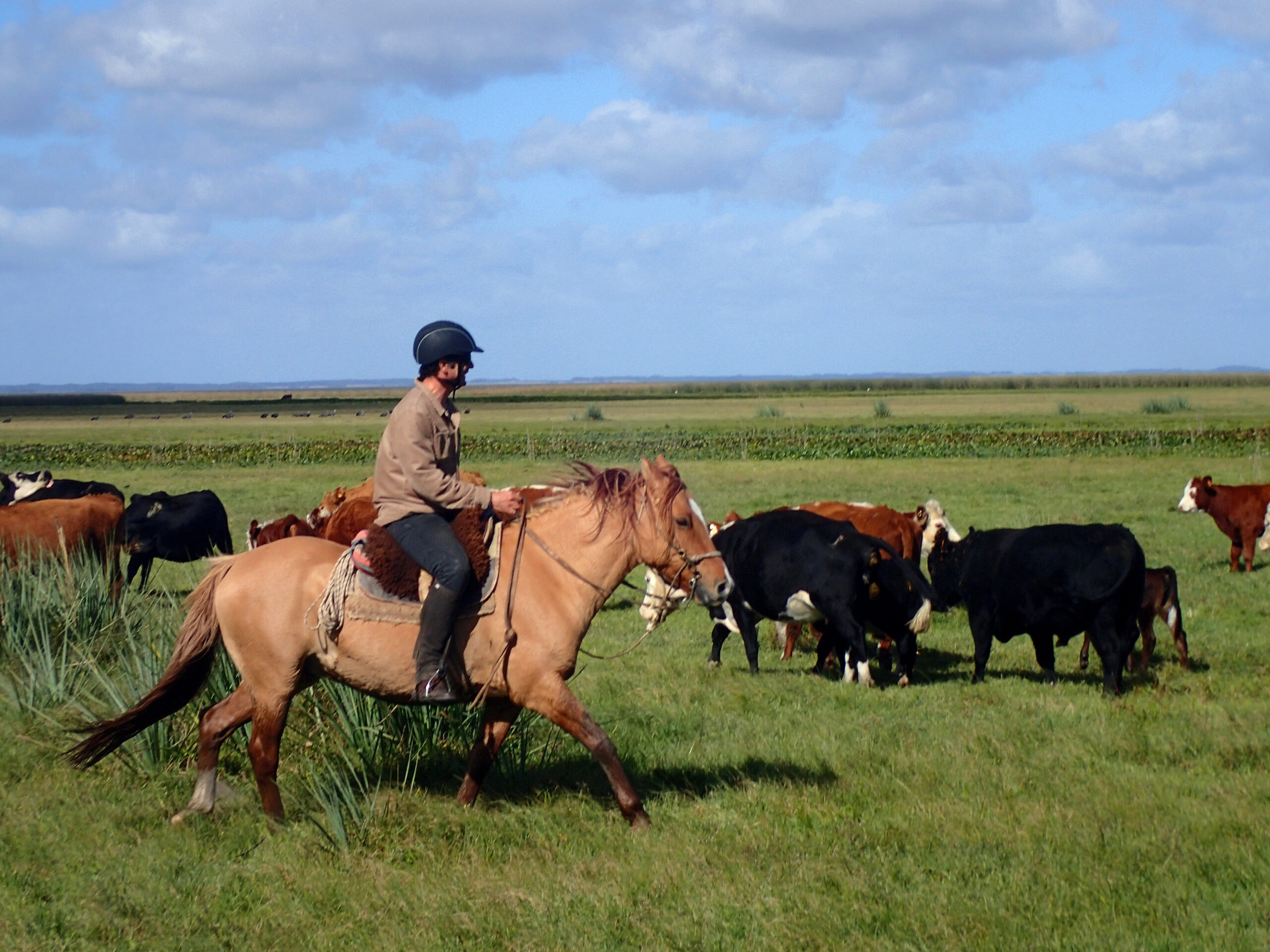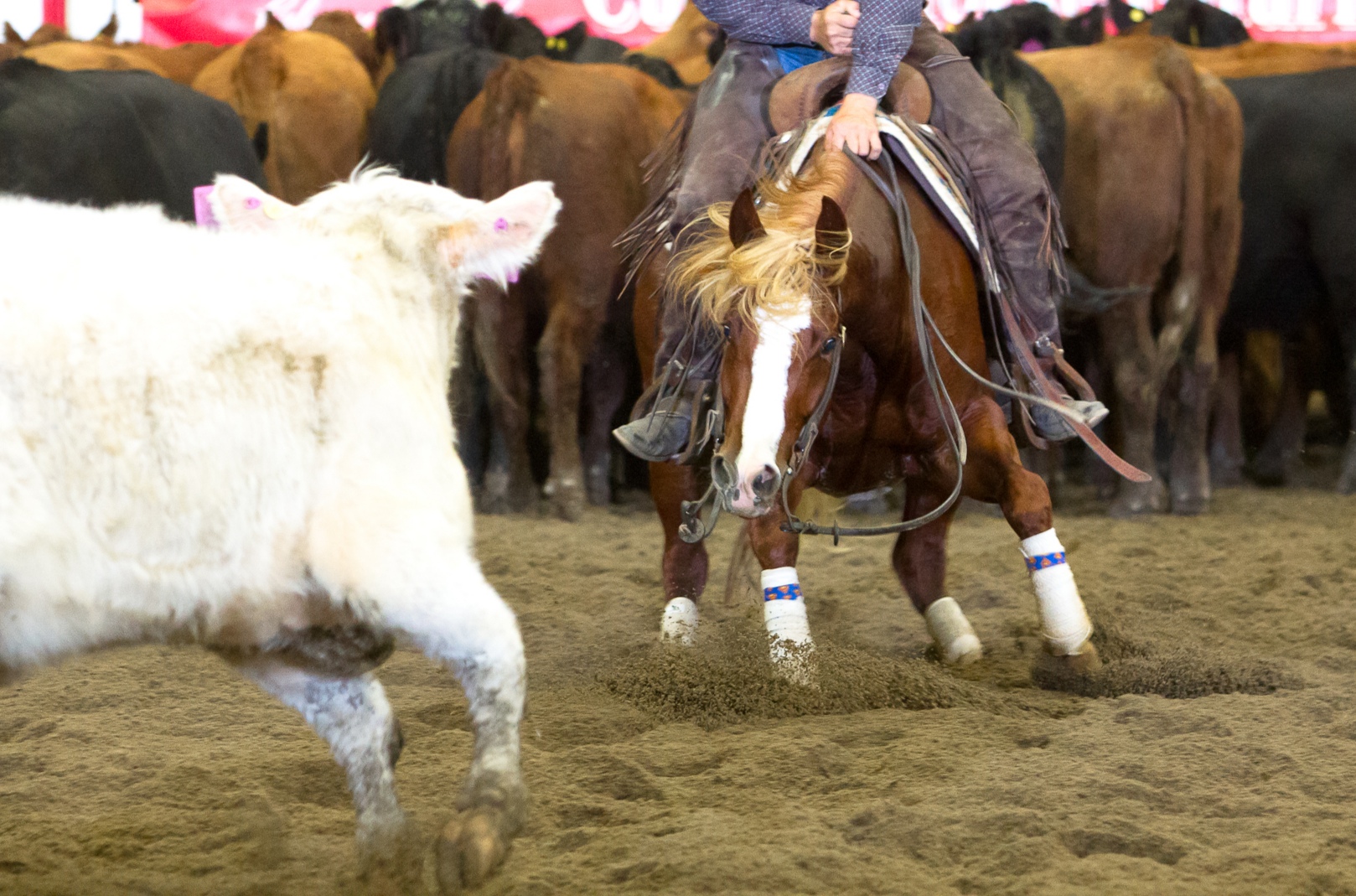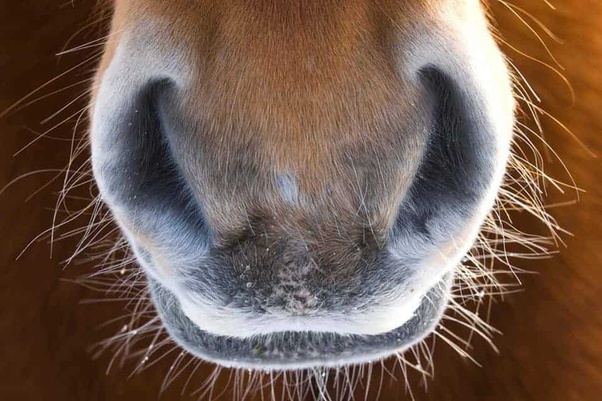Hooves and horseshoes: everything you need to know
The horse’s hoof and shoeing
Horse lovers know how important it is to take care of their hooves. Often, however, it is taken for granted that “the farrier will take care of it”… without really knowing what happens during shoeing and why it is so important.
In this article, we explain step by step how horses are shoed, why their hooves are shod and in which cases different types of shoes are used. A fascinating journey into the world of equine foot care!
First of all: observe the horse in motion
Every good shoeing begins with careful observation of the horse. Before picking up his files and nails, the farrier watches the animal walk at a walk – and, if necessary, also at a trot.
Questa fase, spesso sottovalutata, è in realtà fondamentale: osservare come il cavallo si muove permette al professionista di capire la sua biomeccanica (cioè il modo in cui appoggia gli zoccoli e distribuisce il peso) e scegliere la ferratura più adatta. A volte si può anche correggere un difetto di appoggio o migliorare la comodità del cavallo con piccoli aggiustamenti.
Hoof trimming and shoeing
Una volta terminata l’osservazione, si passa alla rimozione dei vecchi ferri: questa fase si chiama sferratura.
Then comes the moment of levelling, or the ‘technical cleaning’ of the hoof. The farrier uses a special knife (called an English knife) to:
- Remove the dead nail (which is no longer needed),
- Trim the fork (the central part of the hoof),
- Clean up the side and central gaps, restoring them to their original shape and function.
Using special pliers, the excess nail is then cut, levelling the surface on which the new shoe will be positioned. All this is done taking into account the initial assessment of the horse’s movement.
The selection and use of iron
A questo punto il maniscalco sceglie il tipo di ferro più adatto, sia per forma che per misura, e lo modella sull’incudinein base alla forma specifica dello zoccolo.
Once shaped, the iron is applied and secured with special nails. It is a delicate and highly precise job, which requires a combination of technique, strength and sensitivity.
Rewelding and finishing
After the iron has been nailed down, it is time to move on to riveting. What does this mean?
- Cut off the part of the nails that protrudes from the hoof,
- A small recess is created in the wall (the outer wall of the plinth),
- The nail is folded inwards, forming a sort of “safety hook” that holds the iron firmly in place.
Finally, file the hoof well to remove sharp edges and irregularities. The result? A clean, precise job and, above all, comfort for the horse.
Final check: is the horse walking properly?
Once the shoeing is complete, the farrier inspects the movement again: the horse is made to walk and trot to check that the work has been carried out to the highest standard and that the animal moves naturally and without discomfort.
Why are horses shod?
Bella domanda! In natura, i cavalli vivono su terreni vari e si muovono molto, il che porta a un consumo naturale e uniforme dello zoccolo. Ma nei centri ippici o nelle attività sportive, i cavalli camminano soprattutto su terreni artificiali (come la sabbia) che possono causare un’usura troppo veloce e irregolare dell’unghia.
Ecco perché si usano i ferri: servono a proteggere lo zoccolo, garantendo comfort, stabilità e durata nel tempo.
Of course, once shod, the horse no longer wears down its hooves naturally. For this reason, it is important to schedule shoeing (or trimming, if unshod) approximately every six weeks to keep the hoof healthy and well balanced.
Are there different horseshoes for different horses?
Absolutely! The choice of iron depends on:
- The type of activity performed by the horse,
- His physical build,
- Any postural or health issues.
For instance:
- A racehorse, slender and agile, will need light shoes, because the goal is speed.
- A horse used for show jumping, dressage or vaulting, with a more robust build, will benefit from more stable and comfortable shoes.
- Some horses with limb problems may require customised orthopaedic shoes.
Categories
Recent Posts
All the articles
Text and photos by Sara Giavarini URUGUAY: The wild lands of the CriollosFai clic per applicare questa alternativa Read the whole article …
What is Cow Sense: the natural instinct of the working horse Il cow sense è una delle doti più affascinanti e misteriose che un …
Horse whiskers: why they should never be trimmed The horse whiskers, commonly known as moustaches are thick, stiff hairs that grow mainly on the …



